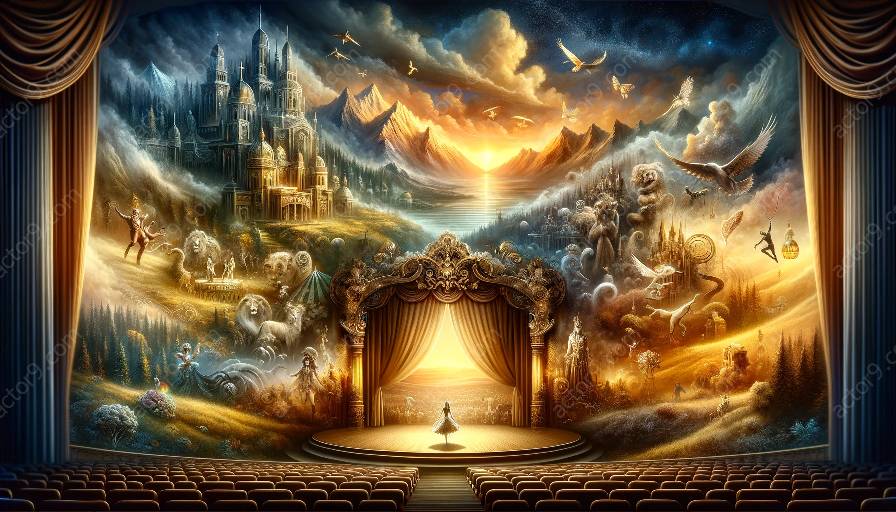The circus is a mesmerizing world filled with awe-inspiring acts, each with its own unique origins, history, and evolution.
The Circus Arts
The circus arts have a rich and vibrant history that dates back centuries, showcasing a wide array of performances, each with its own cultural origins and unique development.
Acrobatics
Acrobatics, one of the most thrilling circus acts, has roots in ancient civilizations such as China and Greece. The Greek word akrobatos, meaning 'walk on tiptoe,' reflects the origins of this physical art form. Over time, acrobatics has evolved, incorporating daring stunts, flexibility, and strength, captivating audiences with breathtaking displays of human agility and skill.
Clowns
The comedic and endearing presence of clowns has a history that can be traced back to ancient cultures, where jesters and jestresses entertained royal courts. However, the modern circus clown emerged in the 19th century, notably with the iconic performance of Joseph Grimaldi, who established the classic image of the clown as we know it today.
Animal Performances
Animal performances have been a staple of circuses for centuries. The origins of such acts can be traced to the traditions of animal training and exhibition in various cultures, including ancient Rome and medieval Europe. While the use of animals in circuses has been a subject of ethical debate in modern times, the historical significance of animal performances in circus arts cannot be overlooked.
Conclusion
From the ancient acrobats of Greece to the modern-day high-flying performers, the origins of different circus acts reflect the diverse cultural influences and historical developments within the circus arts. Exploring the colorful history of these acts not only offers insights into their evolution but also sheds light on the enduring appeal of circus as a form of entertainment.


































